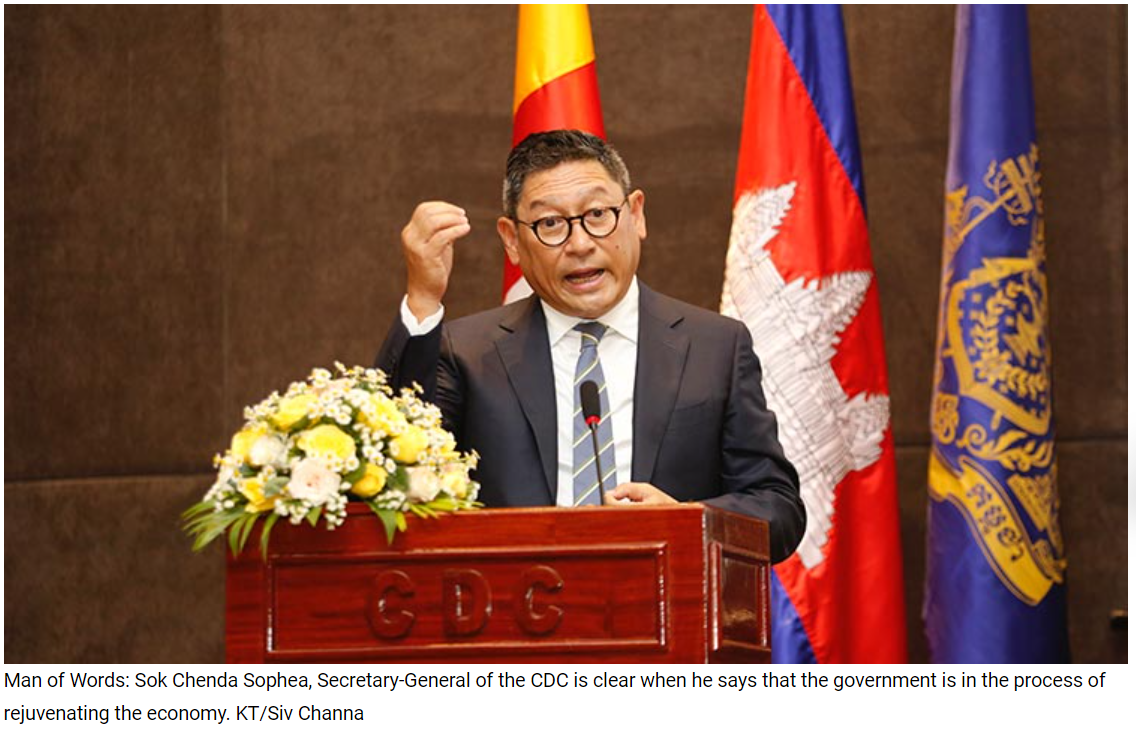Cambodia FDI inflows zoom 22 percent at $4.35 billion in 2021
The fourth quarter in 2020 saw the start of a sharpest global FDI uptrend since the 2008 recession, which resulted in a global FDI flow of $1.65 trillion in 2021, up 77 percent from $929 billion in 2020. South East Asia netted $184 billion, surpassing its pre-pandemic level by $3 billion, according to UNCTAD’s investment trends monitor 2022.
“Asean resumed its role as an engine of growth for FDI in Asia and globally, with inflows up 35.2 percent and accelerated growth across most of its members.”
According to the Council for the Development of Cambodia (CDC) last Thursday, the Kingdom managed to capture $4.35 billion of this investment in 2021, up 22 percent from the previous year, with China, the US and Singapore being the largest contributors in that order.
This share of regional investment, which was restricted in large part by the pandemic despite the country’s re-opening last November, reflects the potential headroom of Cambodia’s economic future.
Sok Chenda Sophea, Secretary-General of the CDC, explained how the government is working to rejuvenate Cambodia’s economy and continue its upward trajectory post covid.
“On 22 December 2021, the government launched an important document called the strategic framework and programme for post-covid recovery 2021-2023, in which the three pillars are based on the three R’s – Recovery, Reform, Resilience.”
The framework concerns a broad range of socio-economic matters, not least economic expansion. “The second R stands for Reform – Economic diversification, trade facilitation, upcoming law on Special Economic Zones and implementation of the new investment laws.”
The government’s adoption of a more liberal foreign investment regime, which is already garnering a lot of attention both regionally and globally, aims to raise the bar further and create an even more conducive environment for investors.
The legislature around investment includes 100 percent foreign ownership of companies, corporate tax holidays of up to nine years (followed by a staggered return to the maximum payable corporate tax of 20 percent),150 percent cost deduction on human resources and employee welfare purchases, duty-free import of capital goods, and no restrictions on capital repatriation.
Whilst the dollarisation of the Cambodian economy has provided a familiar and accessible base for foreign investors until now, the government, and more specifically its central bank, is on a mission to promote the use of its national currency (the riel) over the dollar.
If Cambodia’s economy is dominated by the dollar and the US currency experiences future instability and price fluctuations, it could expose the Kingdom to adverse ripple effects which could potentially mitigate financial gains made by Cambodian-based institutions.
In a publication called ‘The importance of the Riel to Cambodia’, the NBC explained why better fiscal control is conducive to a stable environment for investors: “High inflation negatively affects the livelihood of the population when goods become more expensive, whilst deflation could have a negative impact when investors don’t see the value of their investment increasing over time. If money is not managed well, macroeconomic instability could occur.”
Tighter fiscal controls will support long-term investor sentiment, as several empirical studies have shown, exchange rate volatility severely affects long-run production costs.
Source: https://www.khmertimeskh.com/501037592/cambodia-fdi-inflows-zoom-22-percent-at-4-35-billion-in-2021/


 Thailand
Thailand




